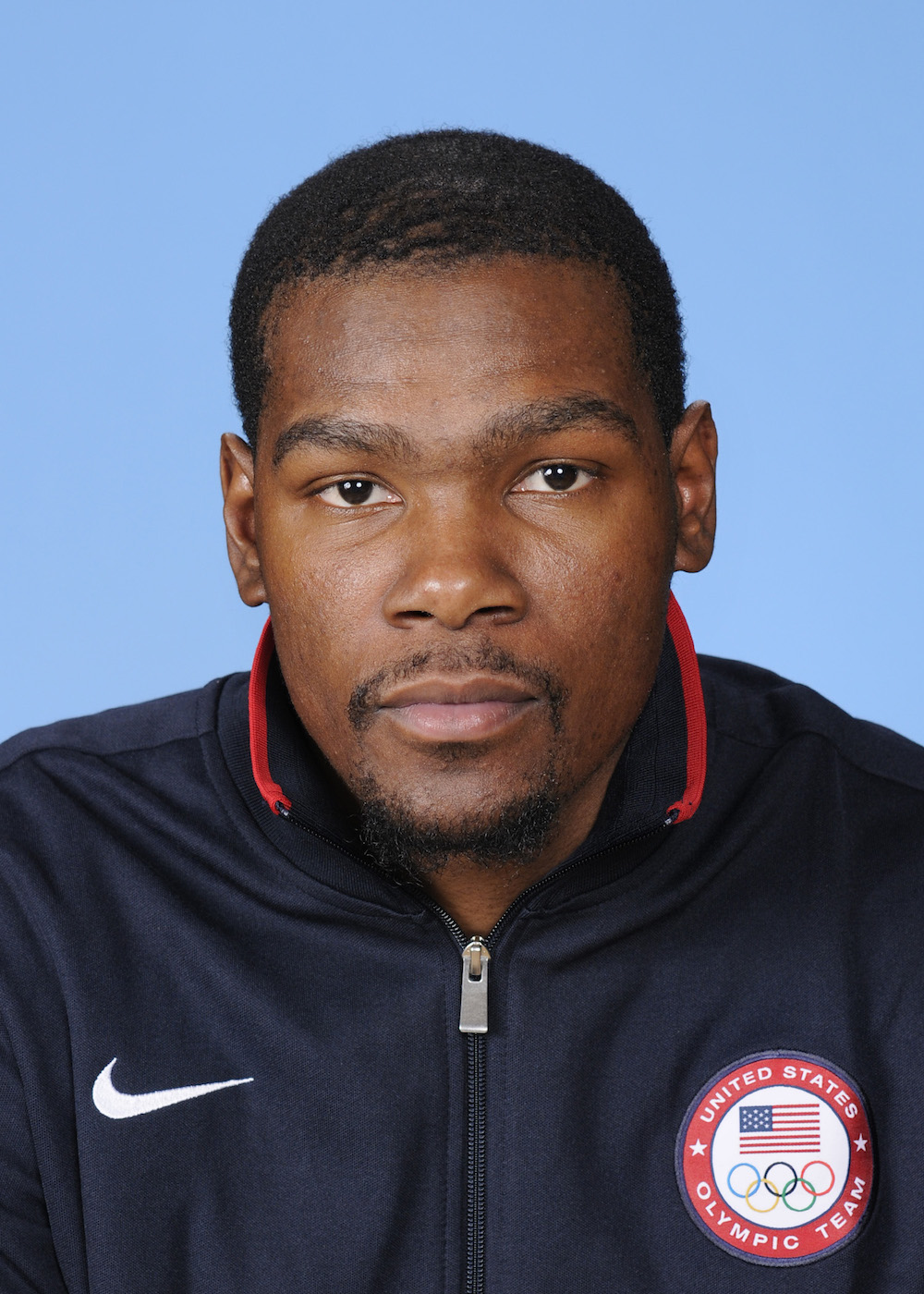With adequate time and a gradual rehab protocol, Kevin Durant can make it back to help in the Warriors’ run for the NBA Finals.

The Golden State Warriors received some good news and bad news regarding Kevin Durant’s February 27th knee injury. Results of an MRI showed a bone bruise and mild MCL (medial collateral ligament) sprain that means he will be out indefinitely, with an estimated recovery timetable of about four weeks.
While it will be unfortunate that KD will be out for the next month–and could miss the beginning of the playoffs with the injury–it could have been a lot worse, which in this case is the good news. Kevin Durant’s ACL (anterior cruciate ligament) and menisci were not injured when a collision with Zaza Pachulia caused Durant’s knee to hyperextend in the loss to the Washington Wizards.
Bone bruising is similar to the bruises we commonly get under the skin, in that it is an inflammatory response in the bone that occurs after a direct impact to the bone that isn’t quite enough to cause a fracture but still injures it. These injuries can occur from an outside object coming in contact with the bone or, as can be the case in a hyperextension, from bones shifting against each other.
As a response, the body sends blood and inflammatory cells to repair and replace the damaged bone cells. This reaction is more easily identifiable on MRI than X-ray. Bone bruising can be an isolated injury but often can occur in combination with a more serious problem, such as a ligament injury or patellar dislocation.
Treatment of Kevin Durant’s bone bruise will likely be conservative
Knee hyperextensions can occur through forced contact or non-contact events. Many contact injuries are similar to what Kevin Durant experienced–a direct blow to the knee that forces the knee past its normal range of motion in extension. These injuries often result in some bone bruising, but also can be the cause of ligament or muscle injuries if they are forceful enough.
A hyperextension can result in tearing of the ACL, MCL or LCL (lateral collateral ligament) if there is twisting involved with the injury, or if the force is great enough. This is likely the case for Durant, as he appeared to be hit from the front and side of the knee when Pachulia fell into him.
Treatment of both injuries will likely be very conservative. The biggest factors in recovery for both a grade 2 MCL sprain and a bone bruise are time and avoidance of stresses on the injured area. For the MCL, this can be accomplished through use of a hinged knee brace and avoidance of side-to-side movements that stress the MCL.
Bone bruising is treated through avoidance of excess weight-bearing by the involved area. Activity and bearing weight can cause stress in the bone, which impedes the healing process by aggravating the injured area. Reintroduction of weight-bearing activity must be gradual and occur with that healing process in mind. This can take between 4-10 weeks, depending on severity.
For Durant, this injury is a setback, but not an insurmountable one. With adequate time and a smart, gradual rehab protocol, he should be able to recover on the projected timetable. It helps that this injury occurred with enough time in the regular season remaining to get Durant ready for the playoffs.
So there is no worry about needing to rush him back, which may have affected Steph Curry’s recovery from an MCL sprain in the playoffs last year. Durant should be back to playing at an MVP level in April and be ready for the Warriors’ chance to return to the NBA Finals for a third straight year.



